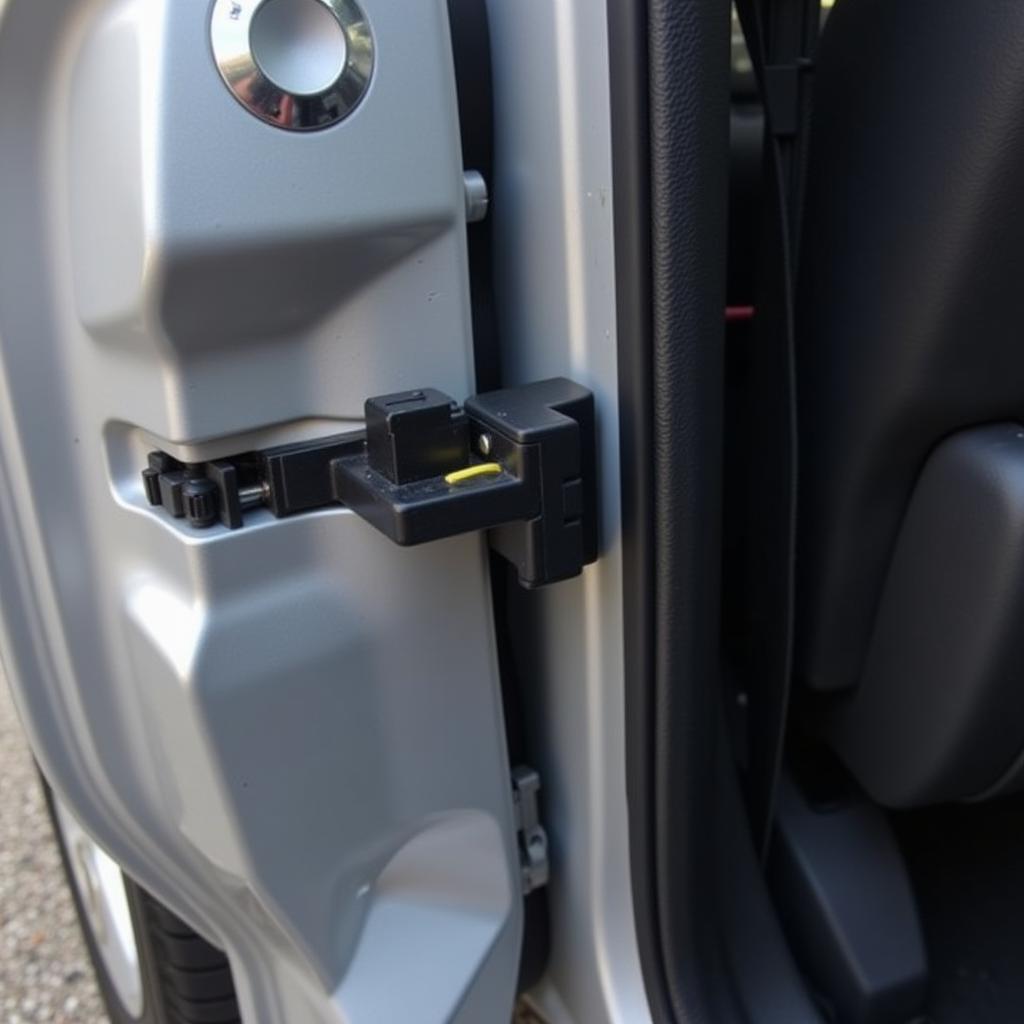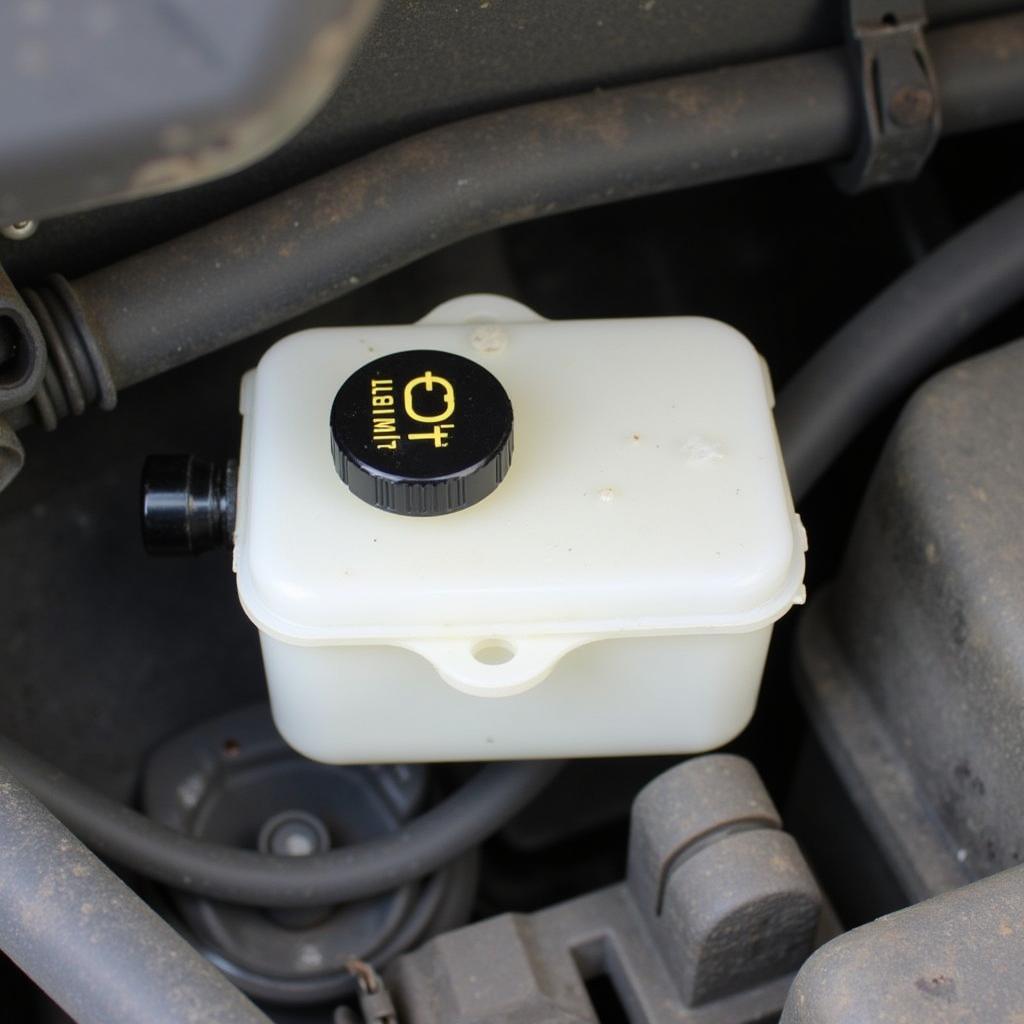The “check back seat” warning is a safety feature in many modern vehicles designed to prevent children or pets from being accidentally left in the car. While this feature can be a lifesaver, it can also be frustrating when you don’t need it and it goes off unnecessarily. This article will guide you through the various methods to turn off the “check back seat” warning, providing insights into why each method might be applicable to your specific vehicle.
Understanding Your Vehicle’s Warning System
The first step to silencing any car warning is understanding its trigger mechanism. “Check back seat” warnings are often triggered in one of two ways:
- Door sensors: These sensors detect if the rear doors were opened and closed before and/or after a journey. If the system registers rear door activity, it assumes a passenger might be in the back and triggers the warning.
- Weight sensors: Some vehicles use sensors in the rear seats to detect weight. If a certain weight threshold is exceeded, the warning will not sound. However, these systems may not be sensitive enough to detect smaller children.
 Car Door Sensor
Car Door Sensor
Common Methods to Turn Off the Check Back Seat Warning
The way to deactivate this safety feature differs significantly between car manufacturers and even models. Here are some of the most common methods:
1. Deactivating Through Your Infotainment System
Many modern vehicles allow drivers to manage certain warning systems through their touchscreen infotainment system.
- Look for Vehicle Settings: Access the main menu and navigate to settings related to safety, doors, or passenger detection.
- Check the Owner’s Manual: Your owner’s manual is the most reliable resource for specific instructions on navigating your vehicle’s infotainment system and locating relevant settings.
2. Using the Seat Belt Buckle
In some car models, you can trick the system by buckling the rear seat belts even if no one is sitting there. The car, registering the buckle as “occupied,” may disable the warning.
3. Weight Placement (Not Recommended)
As mentioned, some cars use weight sensors. Placing a heavy object on the back seat might disable the warning. However, this is NOT a recommended practice.
- Safety Hazard: The object could become a projectile during sudden stops or accidents.
- System Malfunction: The added weight could damage the seat or interfere with other sensors.
4. Professional Deactivation
If the warning is overly sensitive or you can’t disable it through conventional means, you might consider a more permanent solution:
- Dealership or Mechanic: Automotive dealerships and some specialized mechanic shops have the diagnostic tools and software to potentially deactivate the warning system.
- Proceed with Caution: Be aware that disabling safety features might affect your vehicle’s warranty or even be illegal in some regions. Always consult a professional and fully understand the implications before proceeding.
Addressing Specific Warning Systems
While the above methods cover general approaches, here are some insights into how specific manufacturers handle this warning:
- Ford F150 Seat Belt Warning Light: Ford often utilizes door sensor logic. Ensuring doors are fully closed and latched can prevent false alarms. The owner’s manual may also provide instructions for adjusting sensitivity settings.
- Warning Lights on a Seat Ibiza: Seat vehicles typically incorporate a combination of door and seatbelt sensors. Checking both and consulting the Ibiza’s owner’s manual for specific warning light deactivation procedures is recommended.
Importance of Safety
“It’s understandable to want to disable a car feature that seems to be more of a nuisance than a help. However, it’s crucial to remember that the ‘check back seat’ warning was implemented for a very serious reason – to prevent hot car deaths,” says automotive safety expert, Dr. Emily Carter. “If you’re frequently transporting children, consider using visual reminders, like placing your purse or phone in the back seat, to develop a habit of checking the backseat every time you exit the vehicle.”
Conclusion
Turning off the “check back seat” warning often involves understanding your car’s specific system. While complete deactivation might be possible through the infotainment system or professional help, always prioritize safety and consider the potential implications before making any modifications.
FAQs
-
Is it legal to turn off the check back seat warning?
Laws vary by location. Check your local regulations before making any modifications to safety features. -
My warning light stays on even when the back seat is empty. What should I do?
This could indicate a sensor malfunction. Have your vehicle inspected by a qualified mechanic. -
Can I install a check back seat warning in an older car?
Aftermarket systems are available, but professional installation is recommended. -
My car doesn’t have a check back seat warning. What can I do?
Practice the “look before you lock” routine, always checking the back seat before leaving your car. -
Do I need to deactivate the warning if I’m using a car seat?
This depends on your car model. Consult your owner’s manual or contact your car manufacturer for guidance.

